

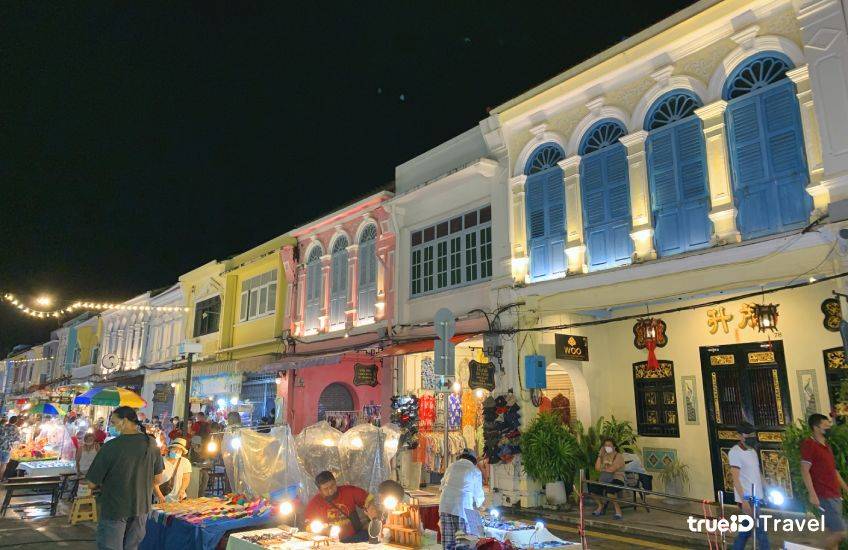
Phuket Thai Hua Museum. It is a museum dedicated to the history and origins of the Chinese people, who migrated and migrated to Phuket. Let the children of Chinese and Thai people know the origin of their ancestors correctly. in order to realize the true self and for tourists and foreigners to have the opportunity to study and understand the way of life, behavior, and habits of Phuket people, including being the center of education. Research information related to the history of Phuket. Peranakannitas Museum. The prominent yellow building stands on the corner of Phang Nga Road, which many people know well. Because it is another landmark in Phuket Old Town, people often stop by to take pictures and take pictures of the beauty of the old architecture. Both buildings have a long history before they came to be. The structure is currently over a hundred years old. of stories that tell the history of Phuket Town. Source of content: 1. Museum Thailand 2. Phuket E-MAGAZINE
2 day, 1 night program
Day 110:30-11:00 Open to experience the way of Baba culture. Get to know the story at the Phuket Thai Hua Museum.11:00-11:30 Taste Pun Te Koi "Legend of local desserts" in the midst of the old Tiam Choo building of Khun Nithet Chinarak11:30-12:00 Peranakannitas Museum12:00-14:00 Go to Baba's kitchen to make a workshop with famous dishes. Hokkien Mee fried, the original town of Thung Kha, making ang ku dessert, a traditional traditional dessert at Baan Nine Sip Song. Have lunch in a pinto style, which is a traditional Phuket cuisine.14:00pm–14:30 Experience traditional life at Elder Ayi Bodeng's house.14:30–15:00 Pay homage to monks at Aam Saeng Tham, the 120th Anniversary Shrine of Thung Kha City.15:00 Check-in to the hotel free timeDay 210:30-11:00 Woo Gallery11:00 – 13:00 Do a batik painting workshop. Ready to have lunch at Baan Nine Sip Song13.00 - 13.30 walk through Soi Romanee, the former royal temple in the mining era. See contemporary art mixed with street art.13:30–14:00 Participate in the conservation of the blacksmithing profession in the glorious past of Dibuk Road.14:00-15:00 Enjoy a walk around the old commercial area of Lat Yai (Thalang Road), the shopping mall of the old city. Especially every Sunday, there will be a walking street at Lard Yai.
Phuket Thai Hua Museum. It is a museum dedicated to the history and origins of the Chinese people, who migrated and migrated to Phuket. Let the children of Chinese and Thai people know the origin of their ancestors correctly. in order to realize the true self and for tourists and foreigners to have the opportunity to study and understand the way of life, behavior, and habits of Phuket people, including being the center of education. Research information related to the history of Phuket.
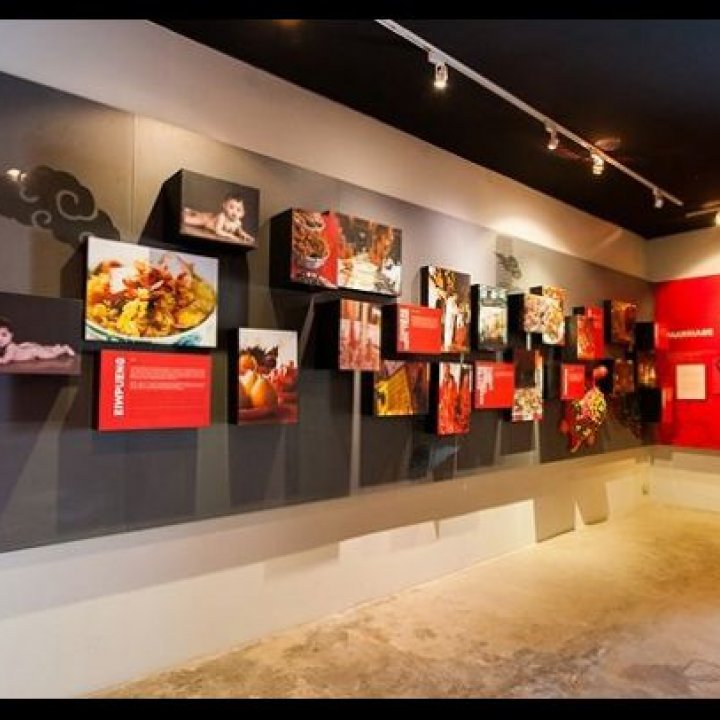
The prominent yellow building stands on the corner of Phang Nga Road, which many people know well. Because it is another landmark in Phuket Old Town, people often stop by to take pictures and take pictures of the beauty of the old architecture. Both buildings have a long history before they came to be. The structure is currently over a hundred years old and has stories that tell the history of Phuket Town.
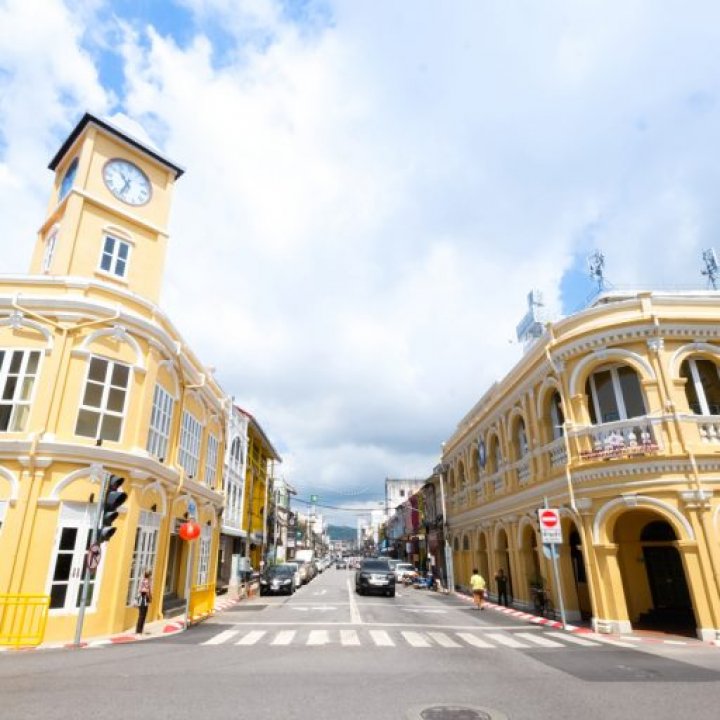
Bann92, an old house on Phuket's Thalang Road and Cultural Road, this is an antiques museum decorated with Phuket collectibles. It is a learning center about Phuket food. which is open to welcoming tourists from all over the world all the time. The front of the house is now a cafe for passers-by on Thalang Road. Have a seat to cool down.
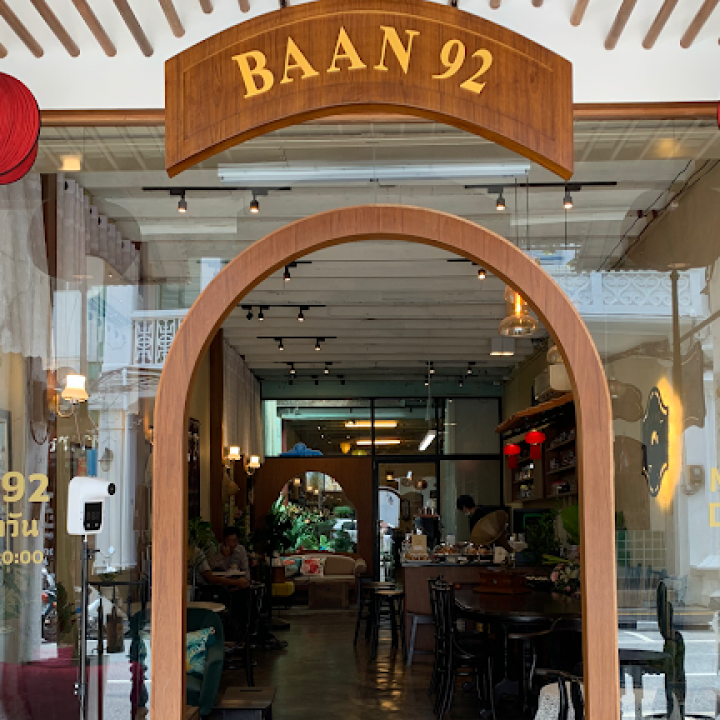
Saengtham Shrine, or in Chinese Hokkien called the shrine or Xingjiakong Shrine, is another old shrine in Phuket. which is hundreds of years old. It is located in a small alley on Phang Nga Road. This shrine was built in 1891 by Luang Amnat Nararak (Tan Khuat) to house a Chinese deity that was originally revered by his family. using it as a place of worship, including using it as a meeting center for relatives.
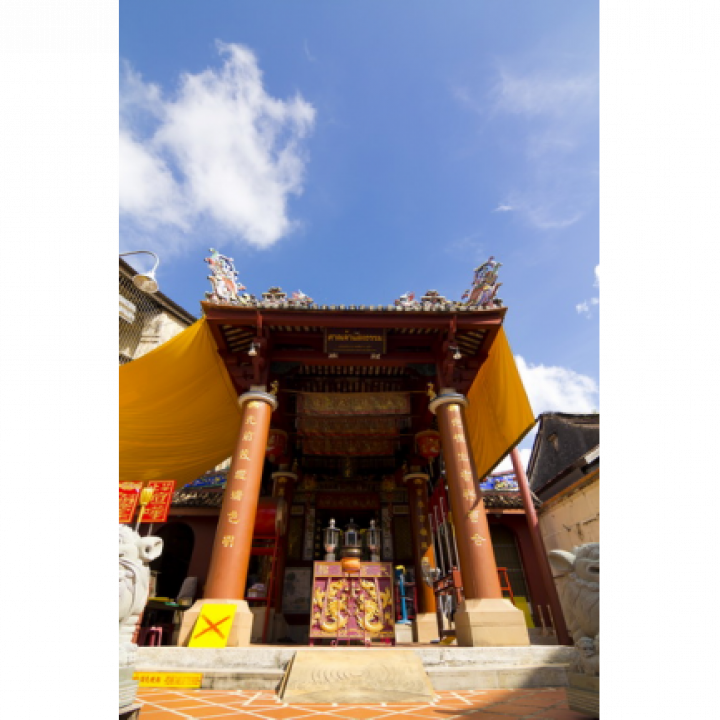
Another amazing thing is that almost all buildings have the same structure. There may be some differences in size and stretch. The living space has been adjusted accordingly, one of which is the WOO Gallery & Boutique Hotel, the Old House Museum, and the Boutique Hotel. Of course, once you enter, it's like you've slipped into another era.
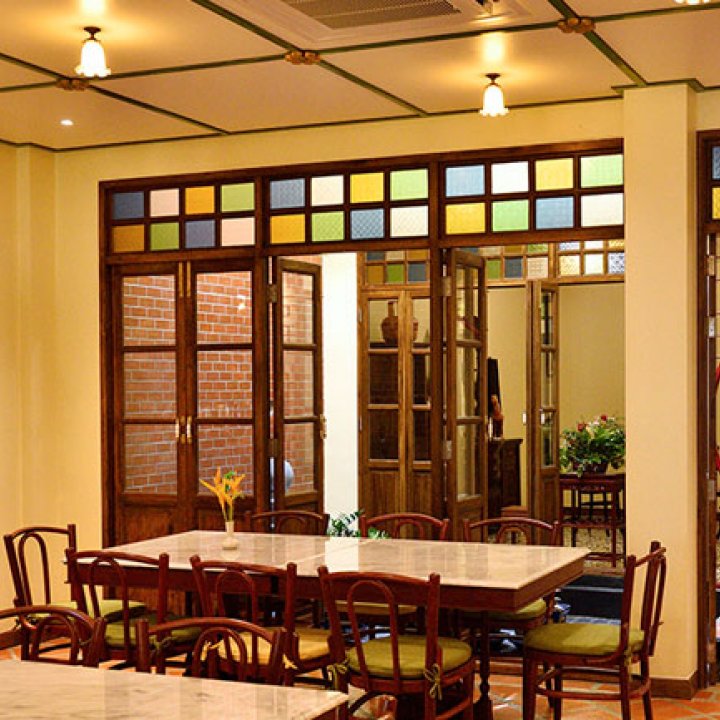
Soi Rommanee is an alley that connects Thalang Road and Dibuk Road, all of which are in Phuket Old Town. which is the site of an old building of Sino-Portuguese art that is one of the symbols of Phuket style art. Some buildings will find traces of the old to give another classic retro feel. Soi Rommanee is also regarded as one of the most beautiful and romantic alleys in Phuket.
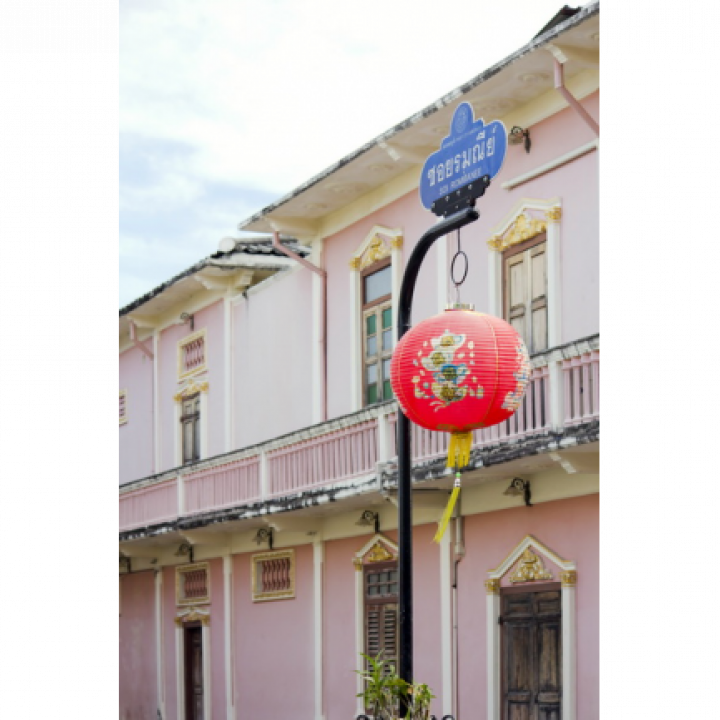
Talking about the old town Many people who have visited Phuket will think of Thalang Road most of the time, but in fact, the old Phuket area still has territory, including other roads. Thalang Road is not as interesting as Thalang Road. In particular, Dibuk Road, which is a road that runs parallel to Thalang Road and Krabi Road, is home to old houses and shophouses that line both sides of the road. For those who are fascinated with the classic beauty of colonial-style buildings, you will see stucco patterns, door frames, windows, vents, and door panels, which are the unique architectural styles of Phuket Old Town.
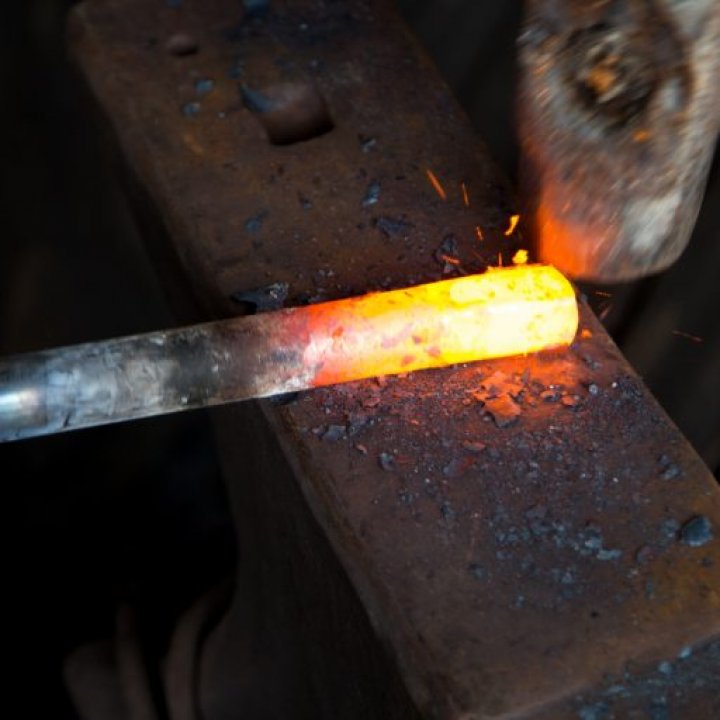
Phuket Walking Street Lad Yai, also known as Phuket Walking Street, takes place on Thalang Road around It is surrounded by architectural buildings of Sino-Portuguese houses that blend Eastern and Western art together beautifully and perfectly. It is regarded as another feature of Phuket. As for the products that are available for sale, there will be a lot of variety, such as local food, beverages, snacks, savory dishes, desserts, Thai food, western food, even souvenirs, and, of course, there will be live music and performances. The walkway is for tourists to see each other as well.
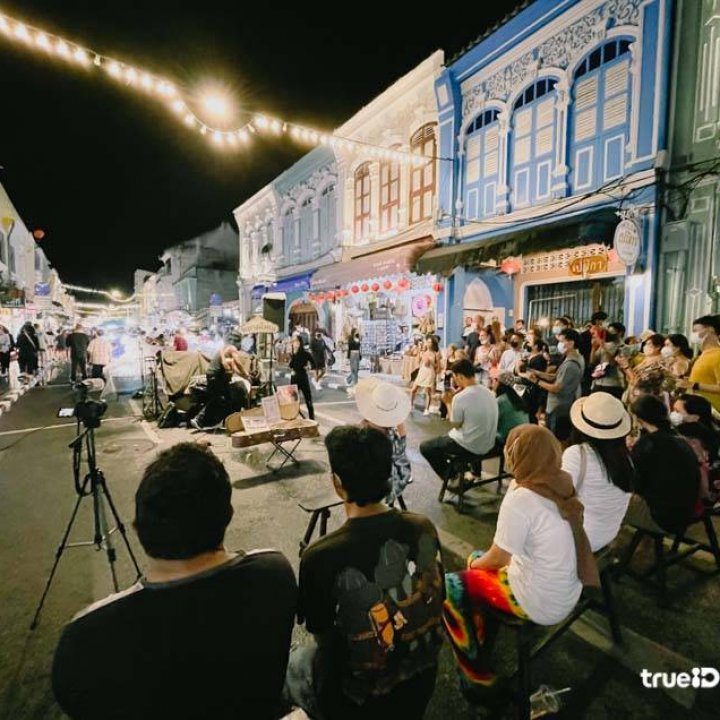

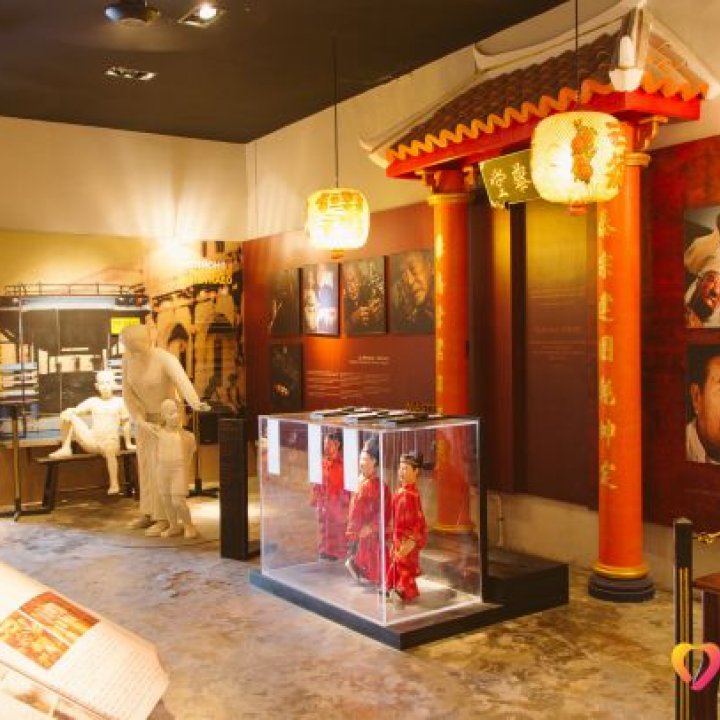
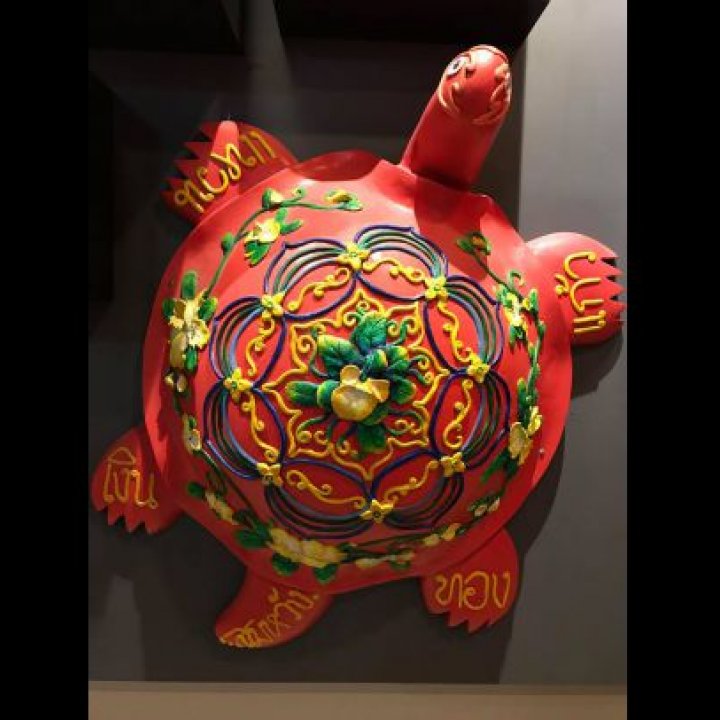
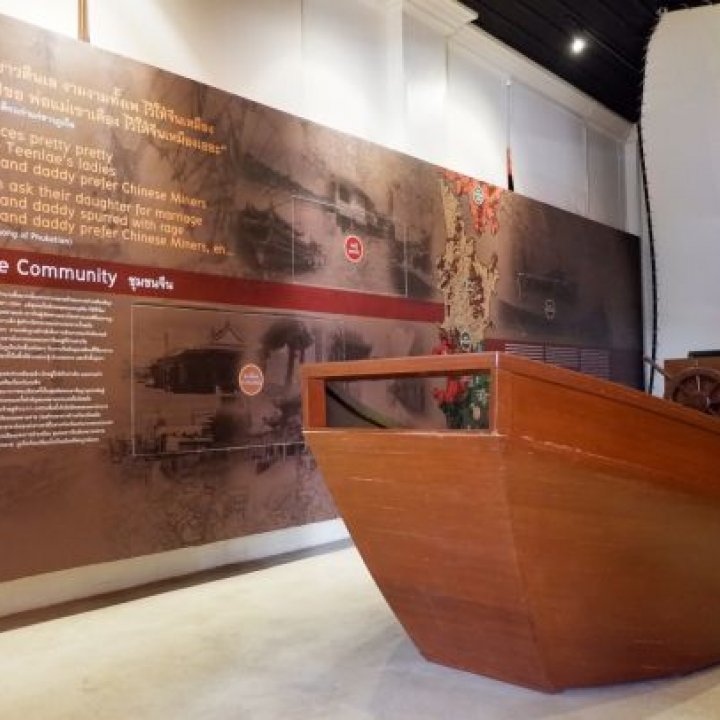
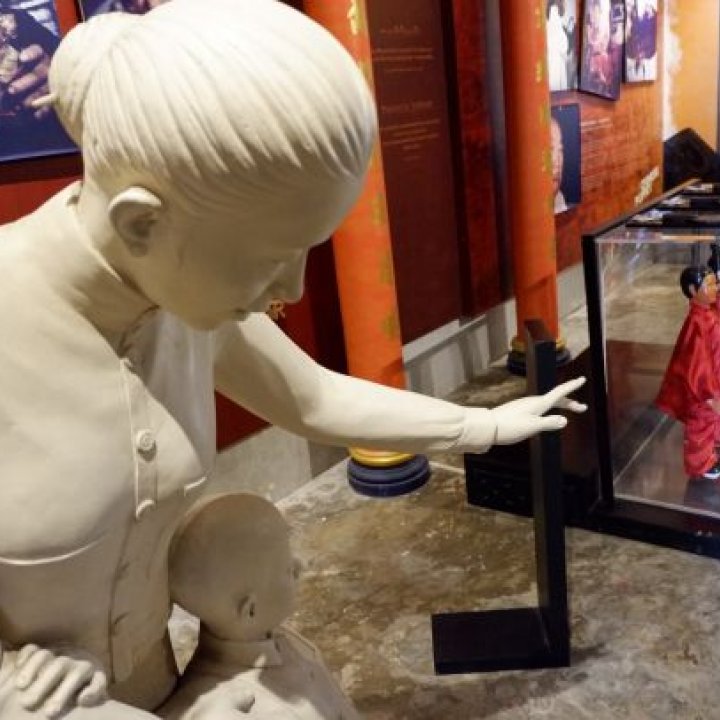

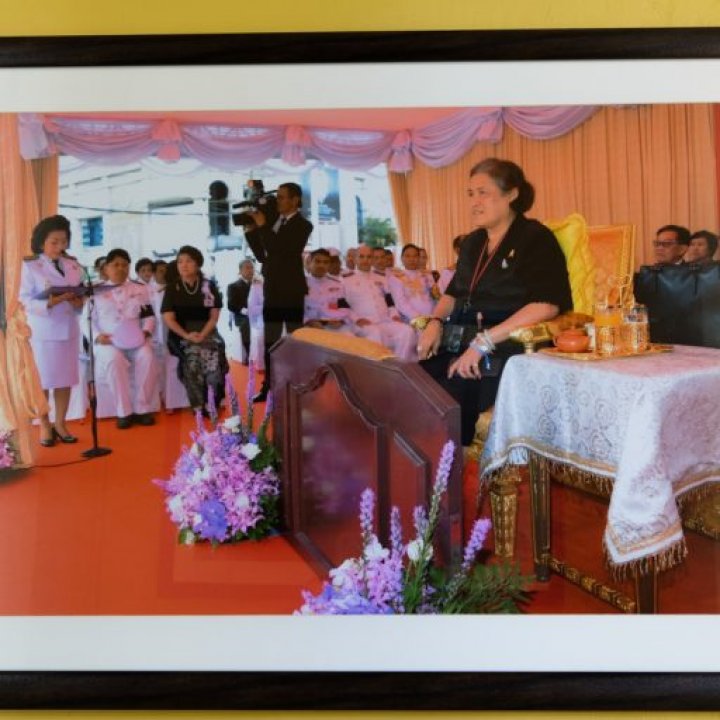
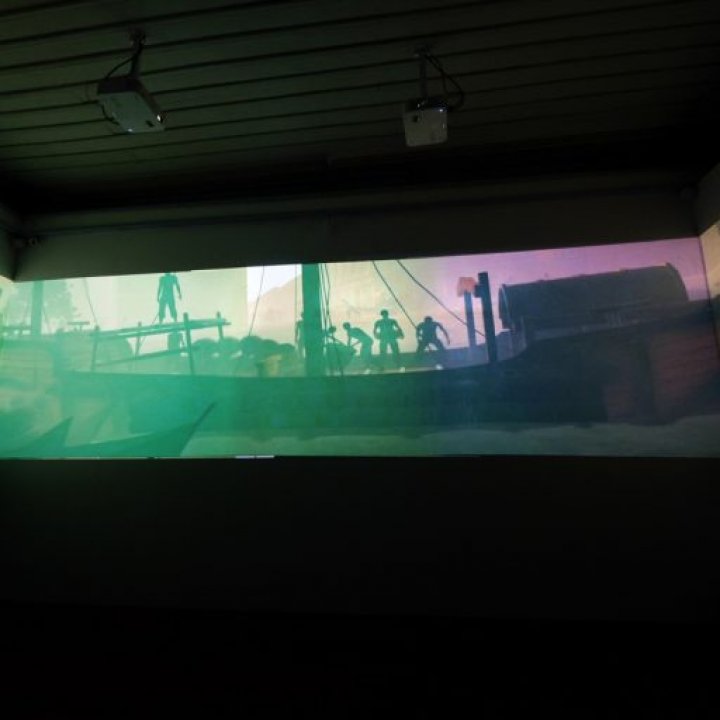
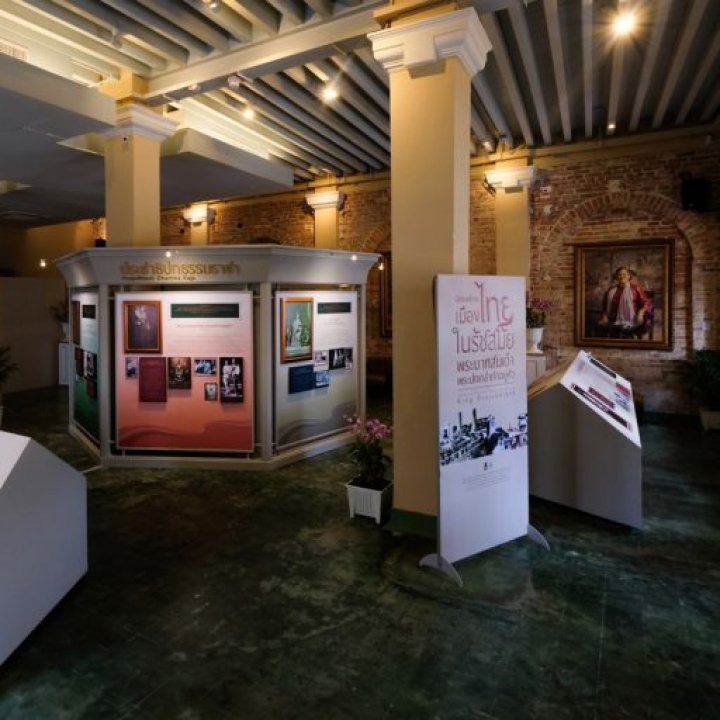
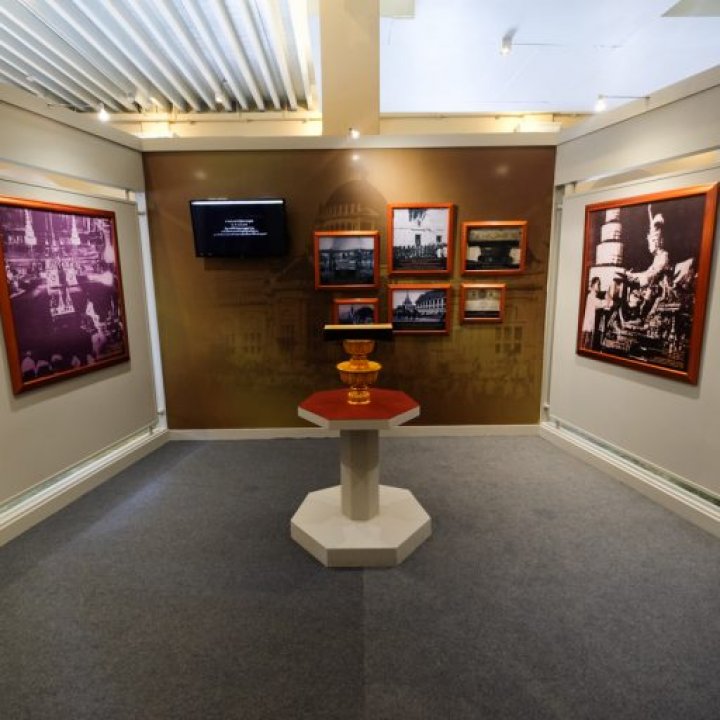

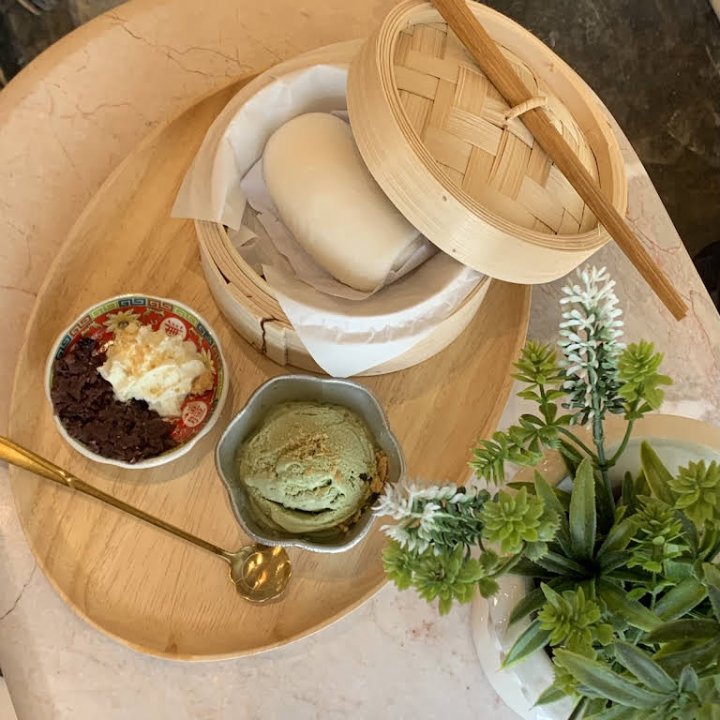

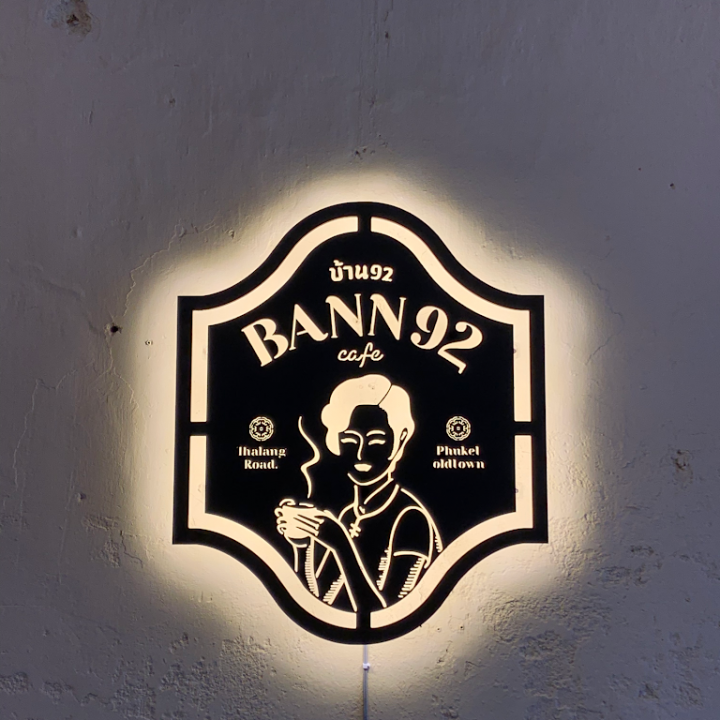
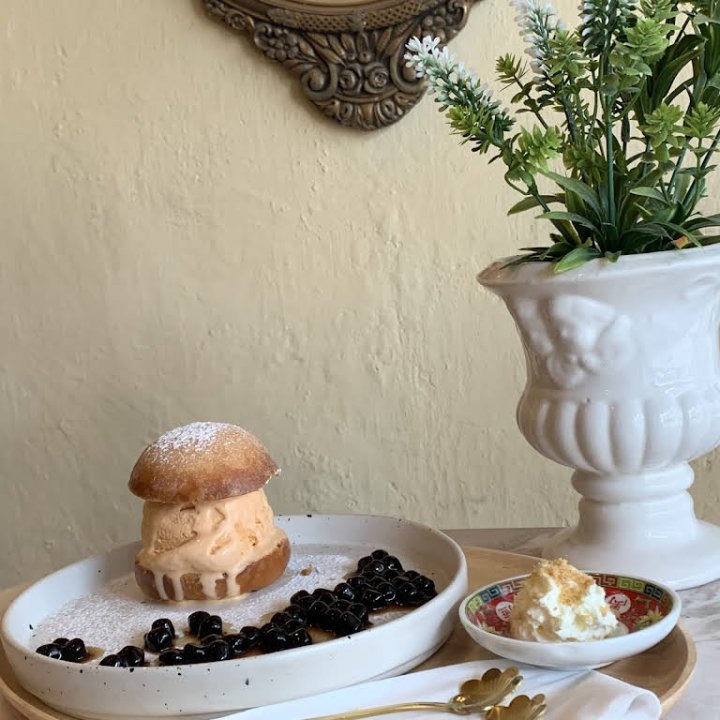

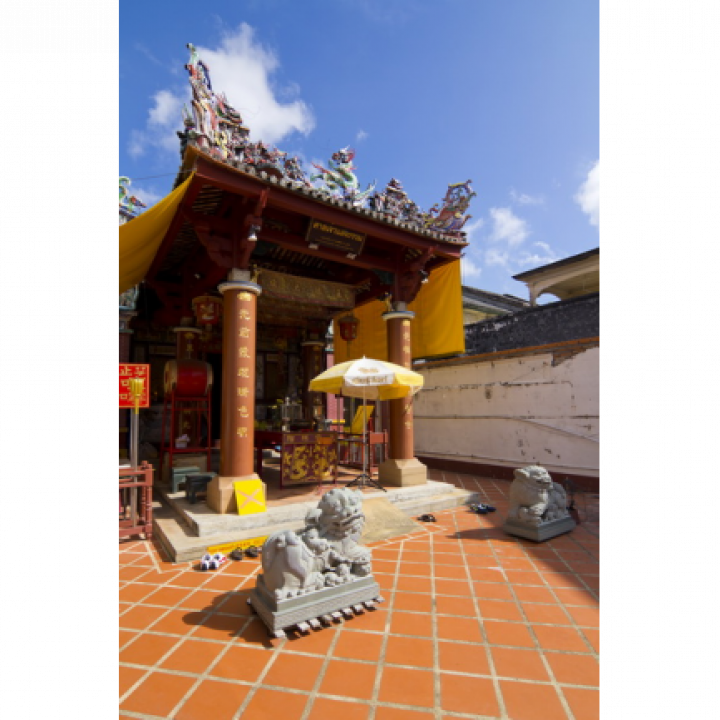
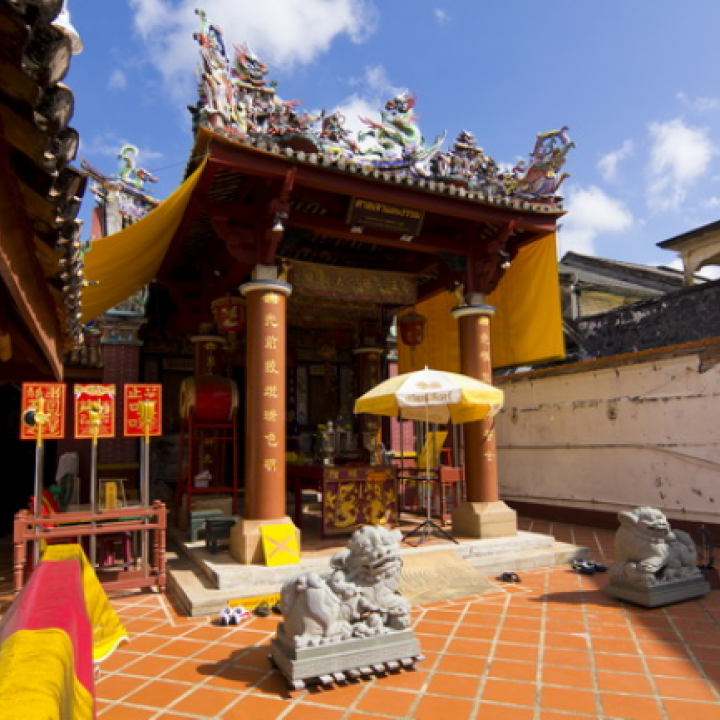
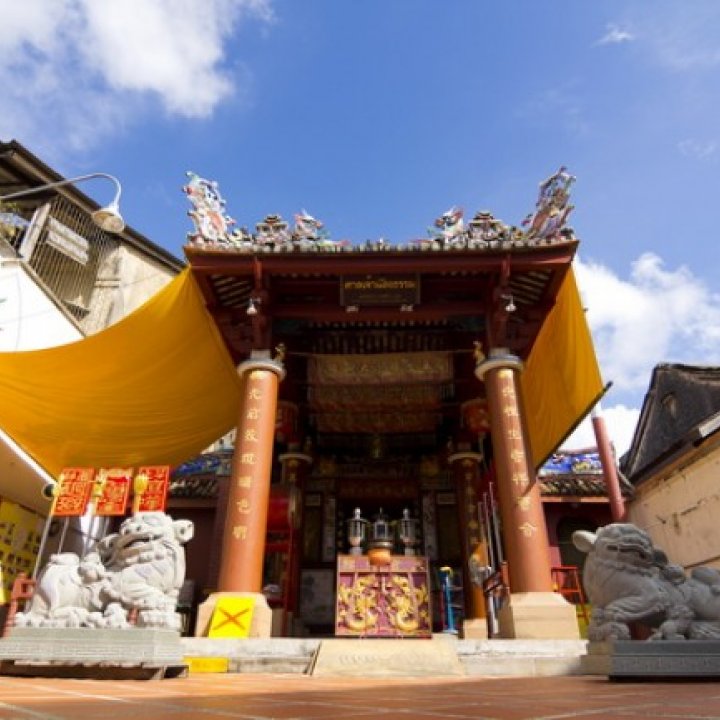
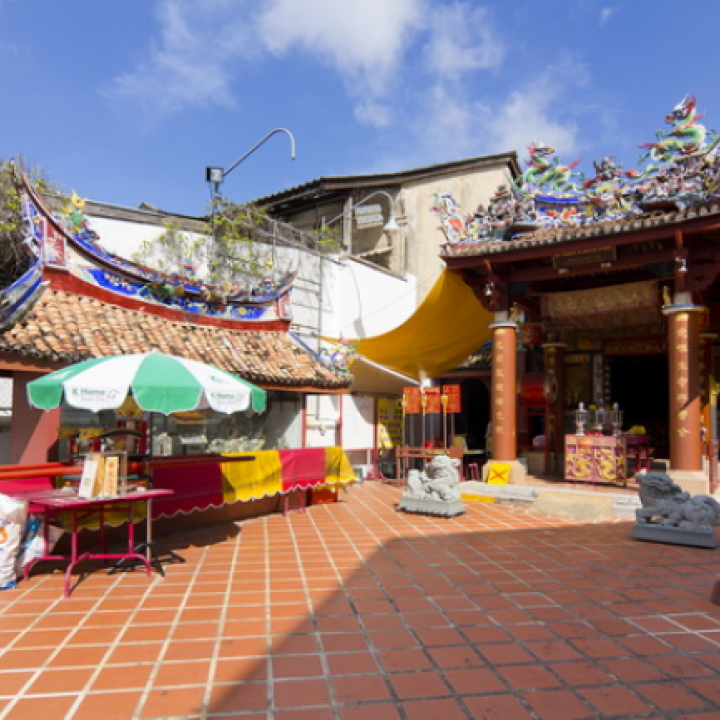

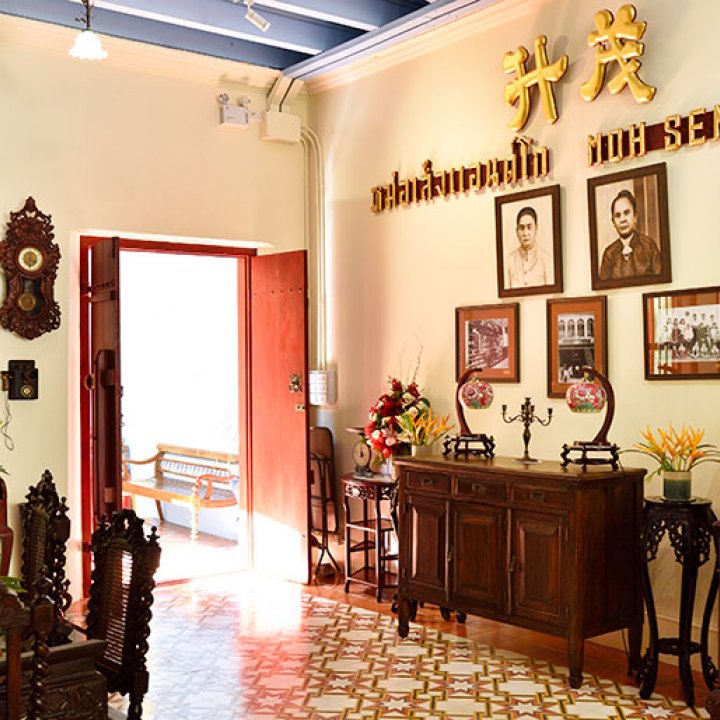
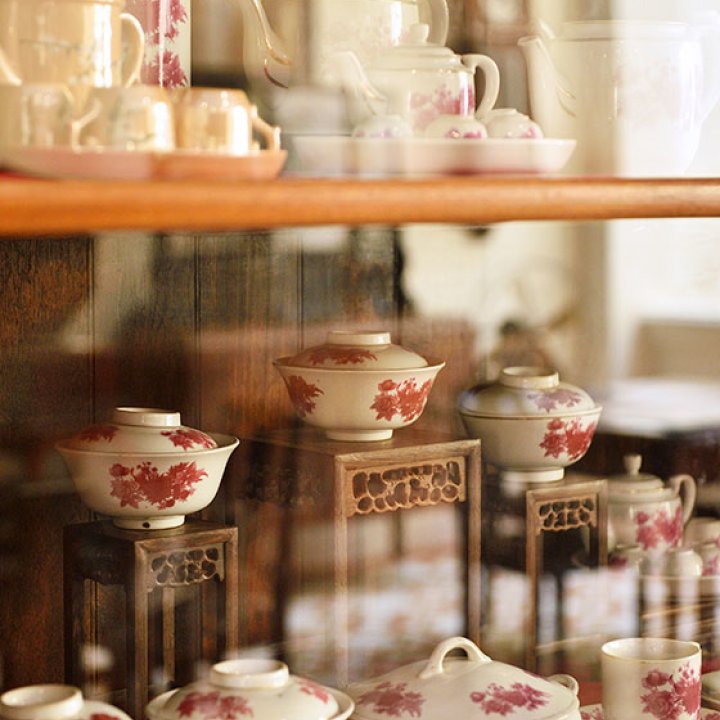
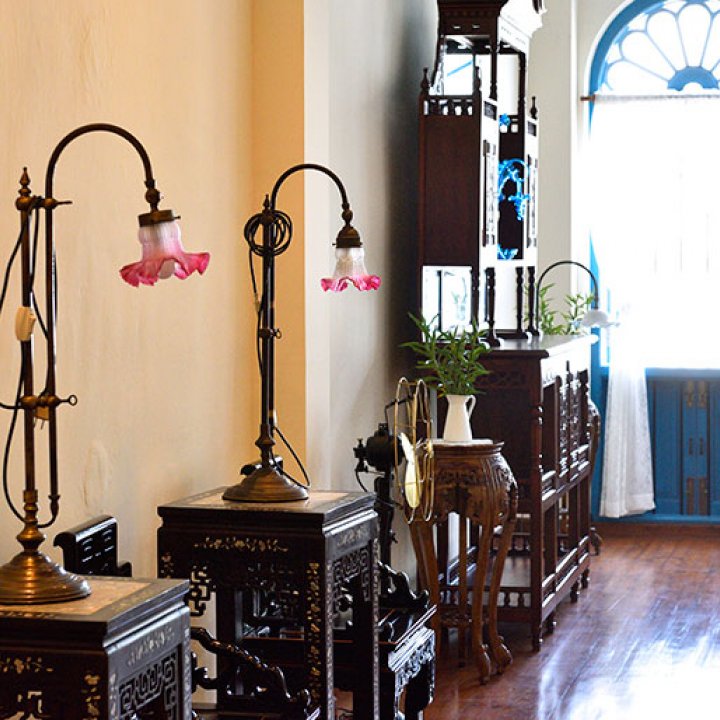
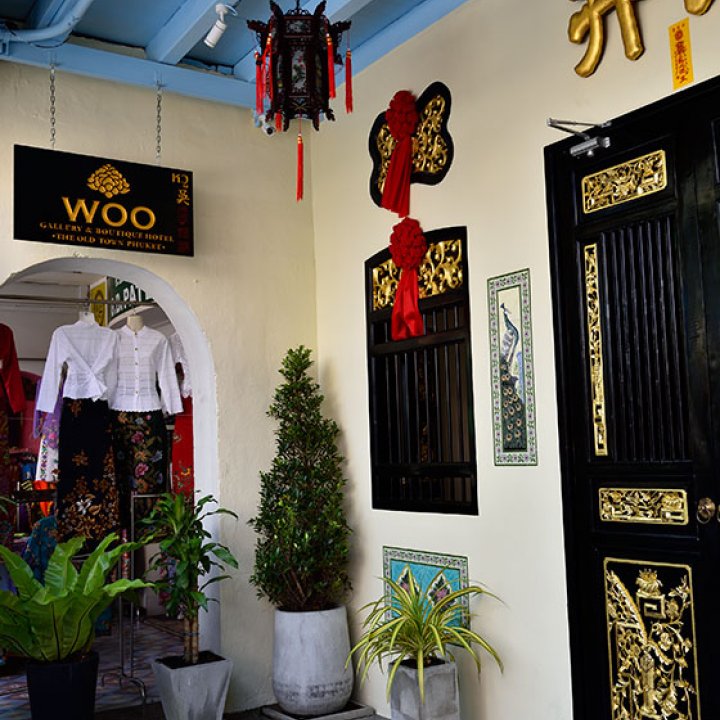

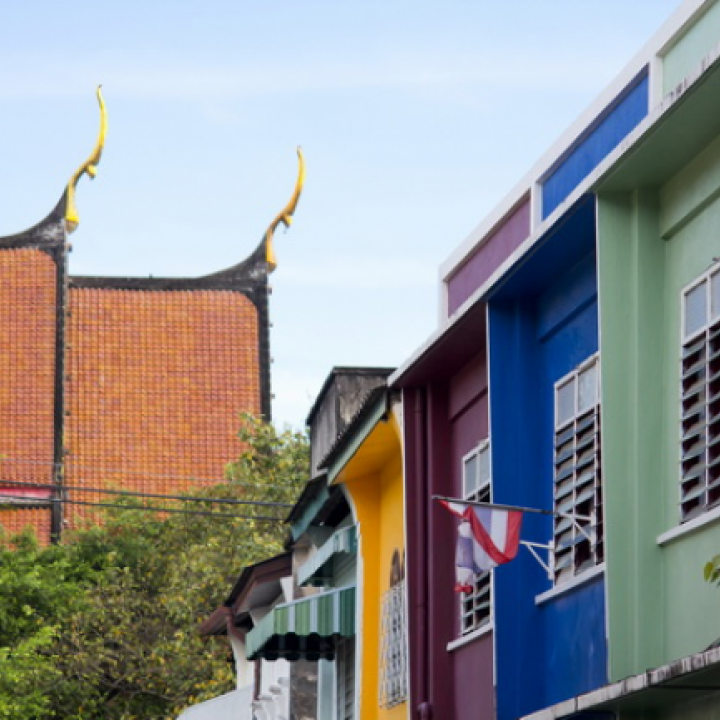
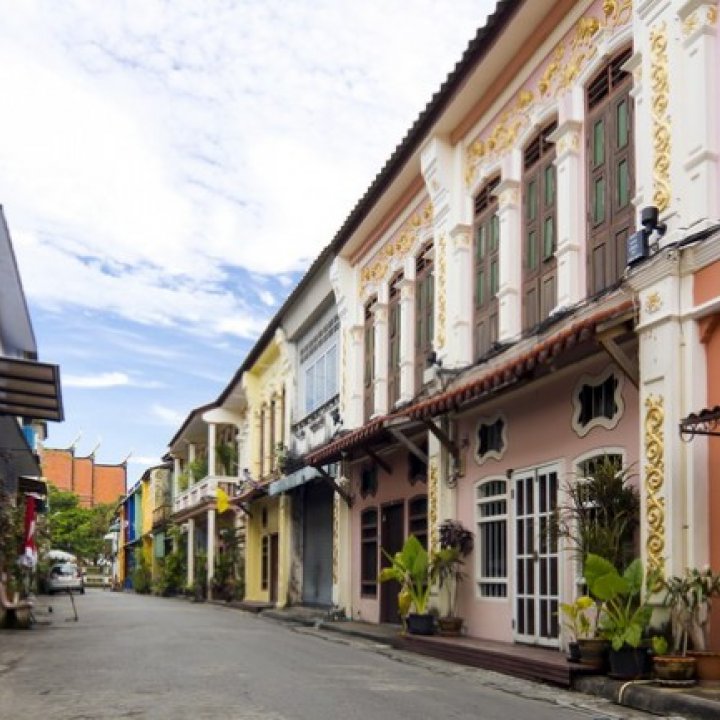
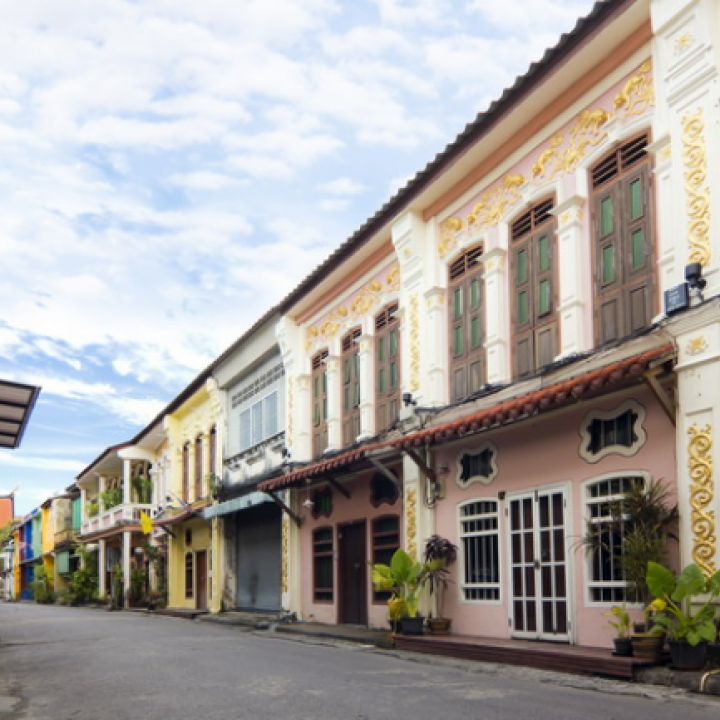
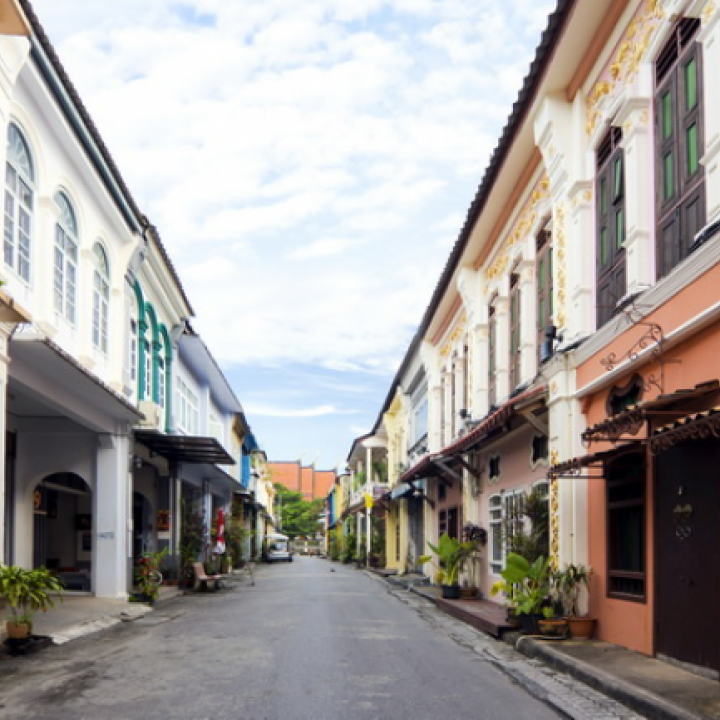

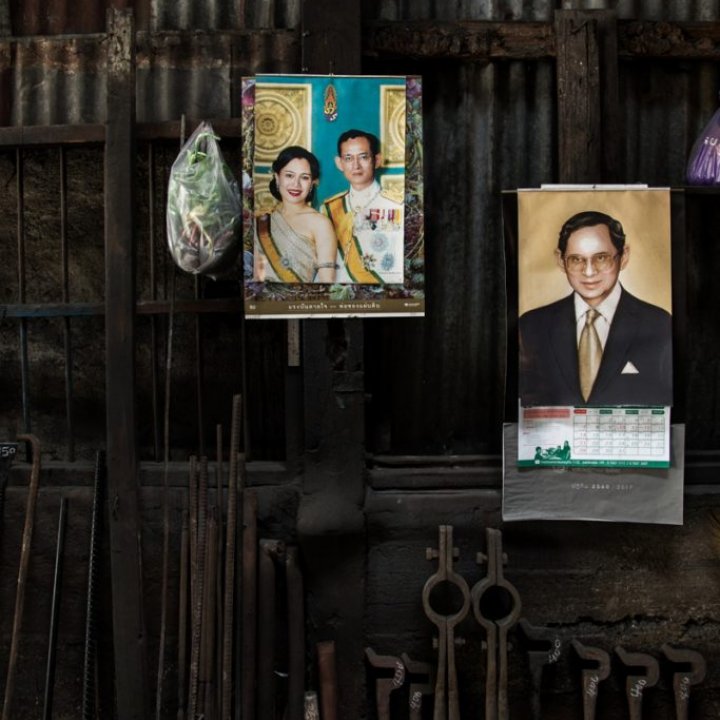
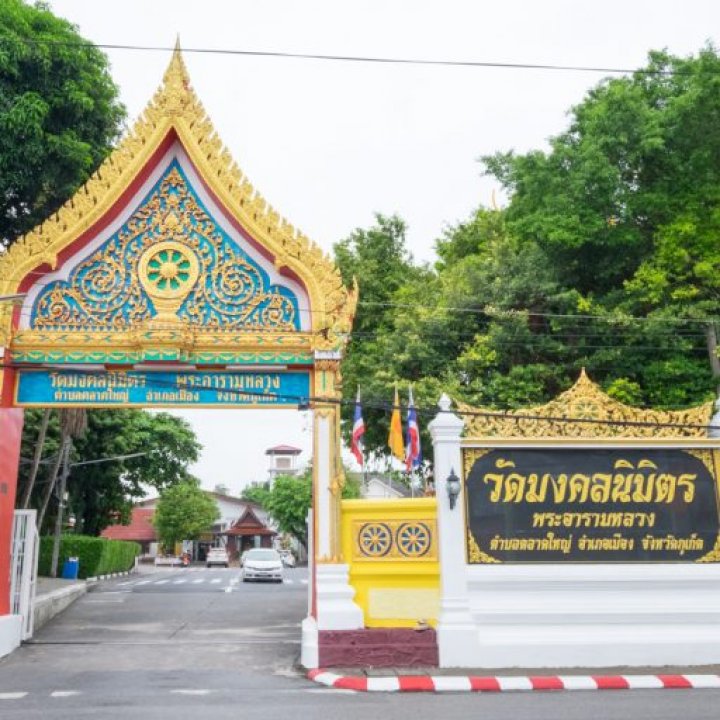
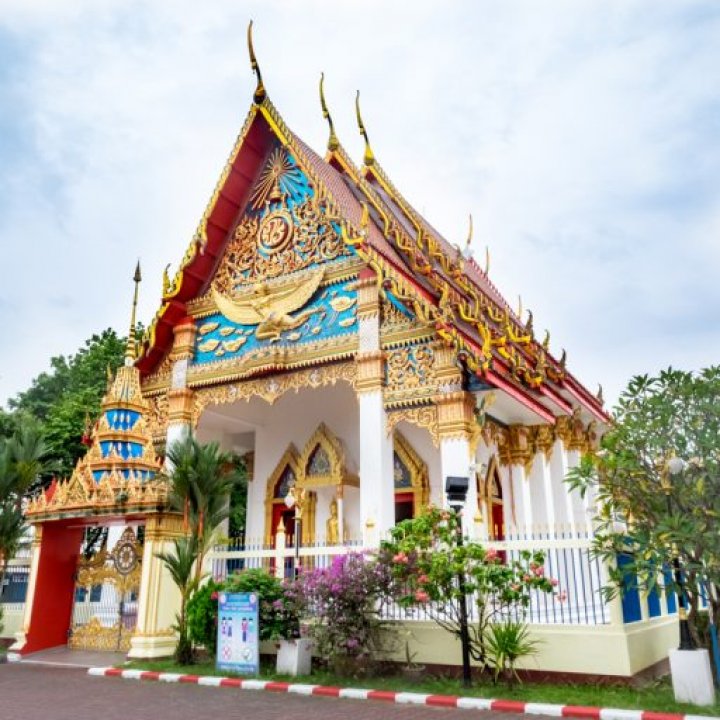
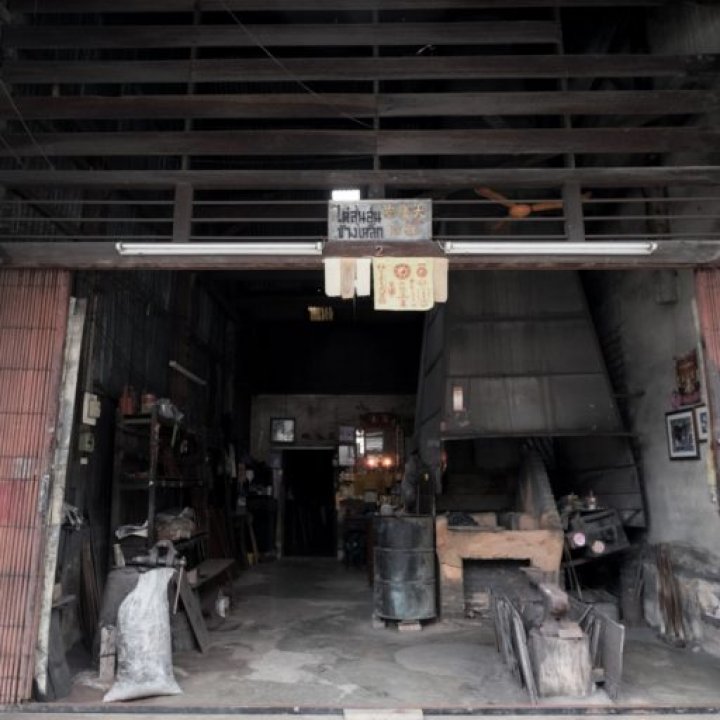

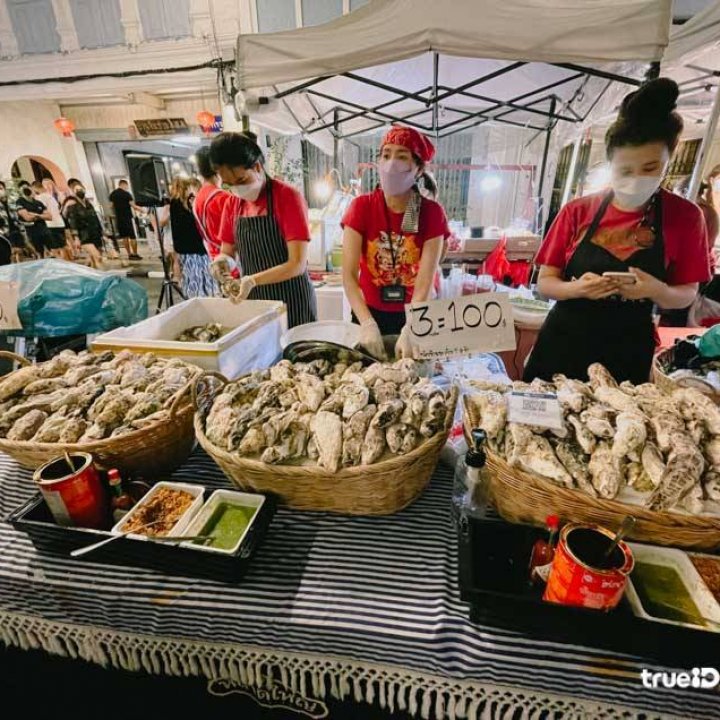
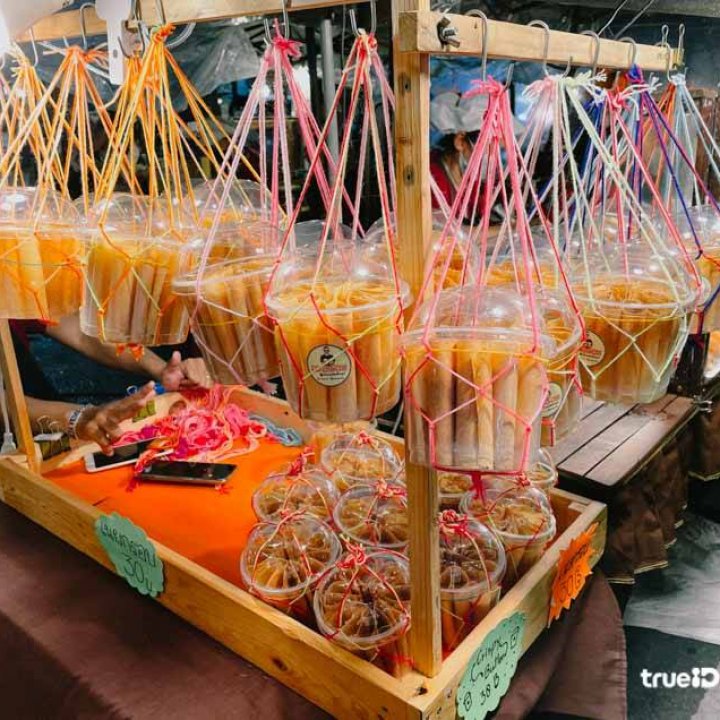
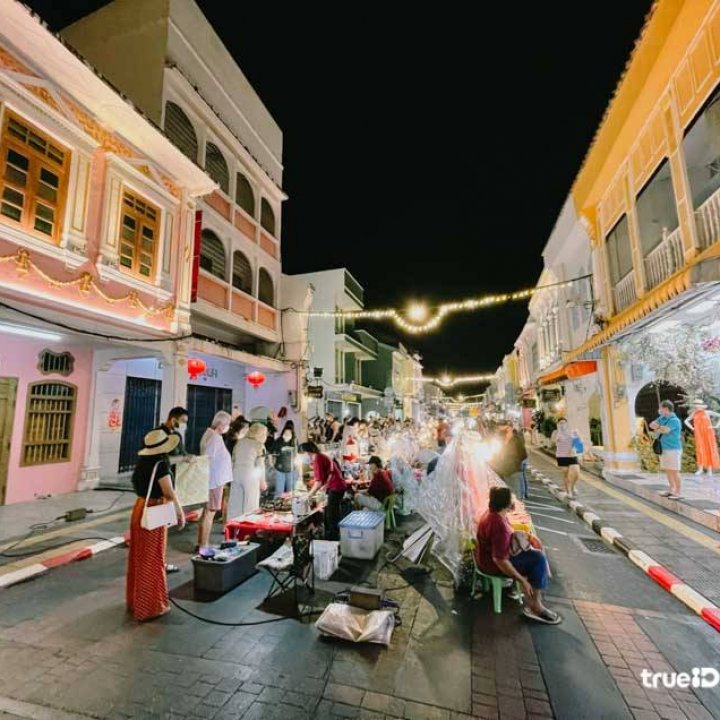
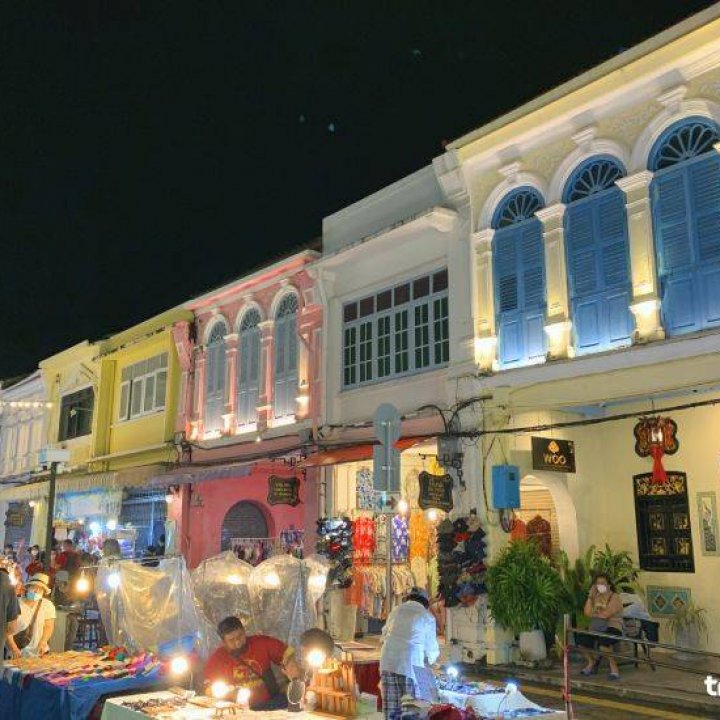

0 Reviews